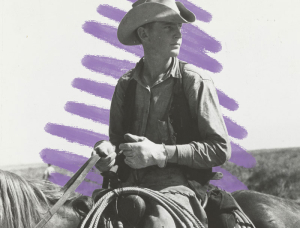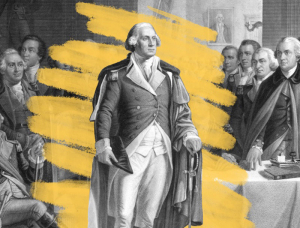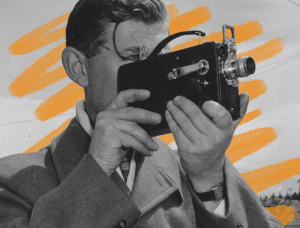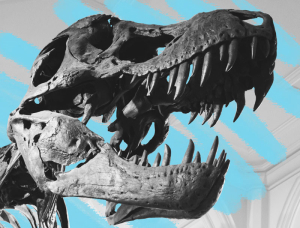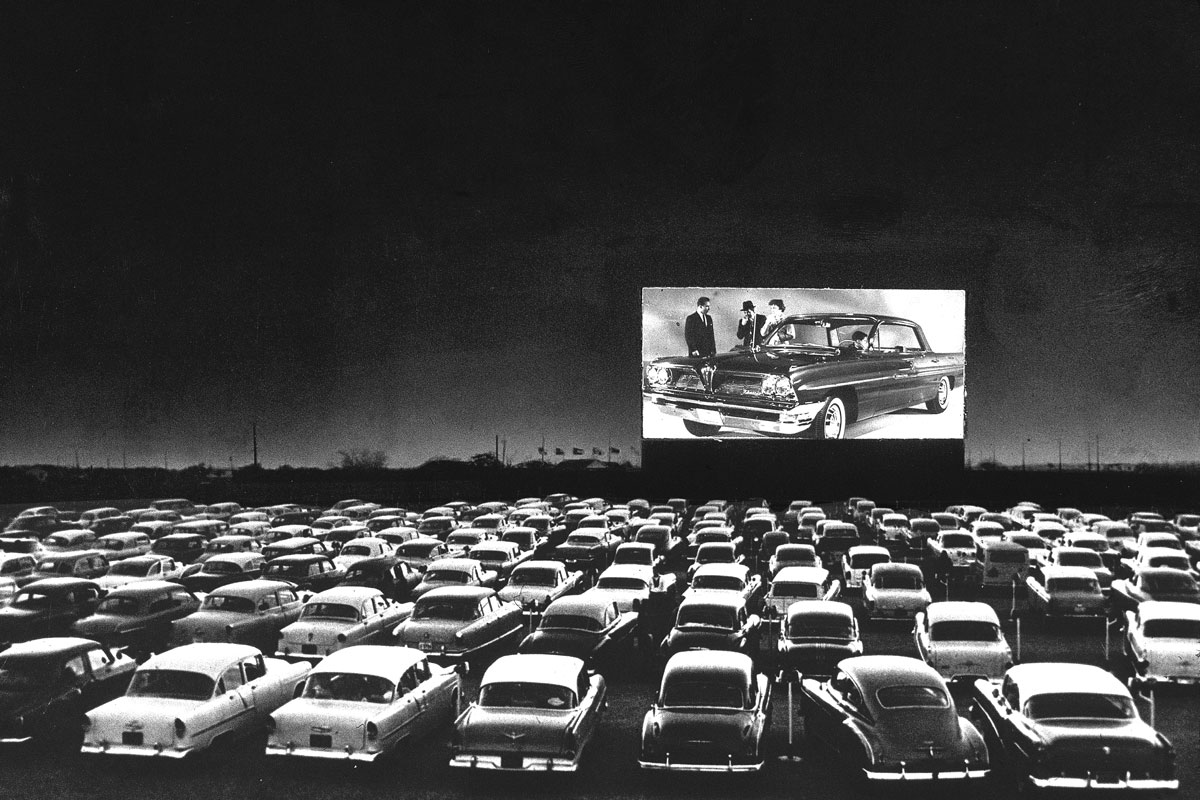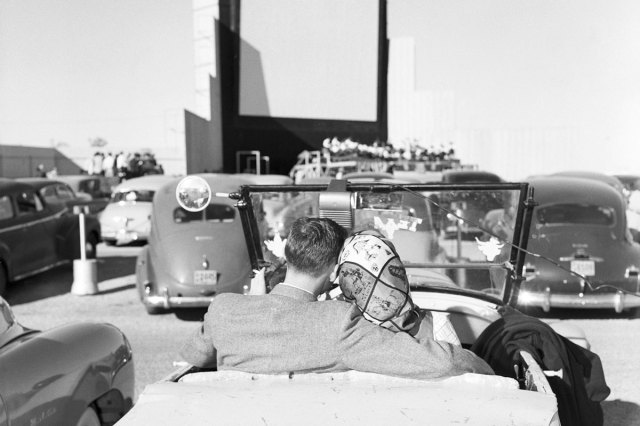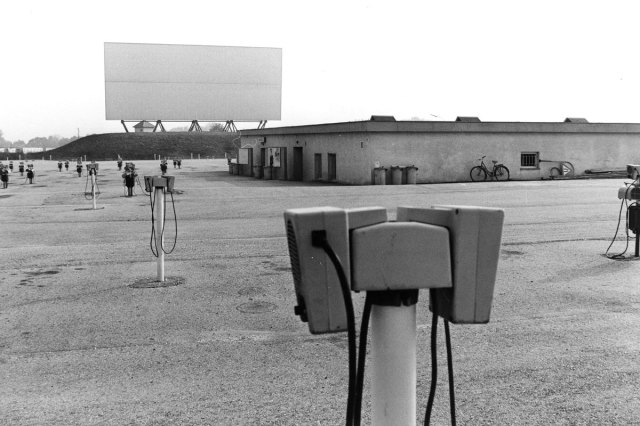The Rise and Fall of Drive-In Theaters
On a late spring evening in 1933, a crowd of moviegoers in New Jersey embarked on an entirely new viewing experience. They parked their cars in a lot in the town of Camden, and settled in to watch the film from their very own automobiles under the nighttime stars. It was the world’s first drive-in theater, dreamed up by a local automotive chemicals salesman named Richard Hollingshead Jr.

The Rise
Hollingshead had come up with the concept not long before. The 33-year-old entrepreneur tested his idea in his own driveway, setting up a projector on the hood of his car and hanging a white sheet from the trees. On May 16, Hollingshead received a patent for his “park-in,” (the term “drive-in” caught on later) and just three weeks later, the first theater opened on June 6 with a showing of the British comedy Wives Beware.
Patrons paid 25 cents per car plus another quarter per person; a car with three or more people was charged a flat rate of $1. Hollingshead was proud to offer a different moviegoing experience, boasting, “The whole family is welcome, regardless of how noisy the children are.”
The novelty of the drive-in caught on slowly at first. But by the end of the 1940s, with World War II in the rearview, Americans and their growing families were ready to indulge in leisure and entertainment. Families didn’t have to dress up, kids could doze off in the back seat, and you could bring your own snacks — or heed the call of the animated intermission ads urging a trip to concessions for hot dogs, popcorn, and candy galore.
